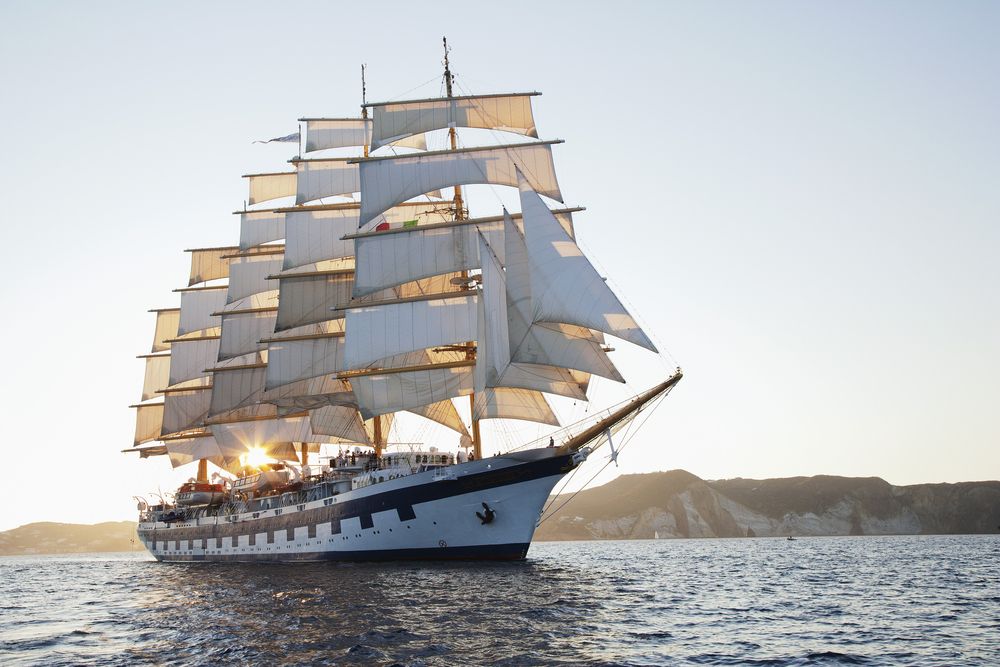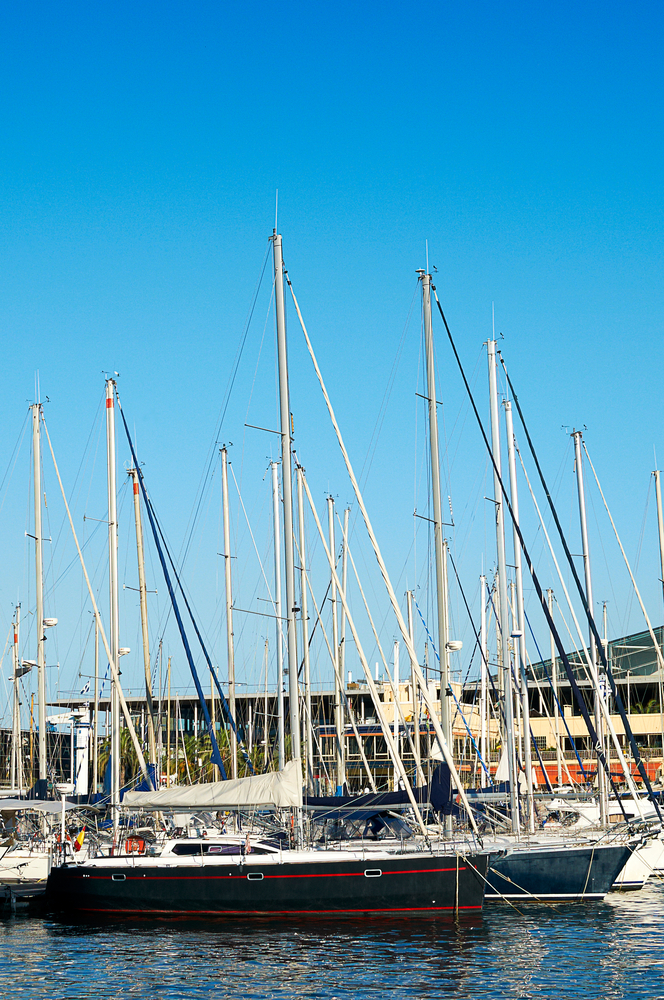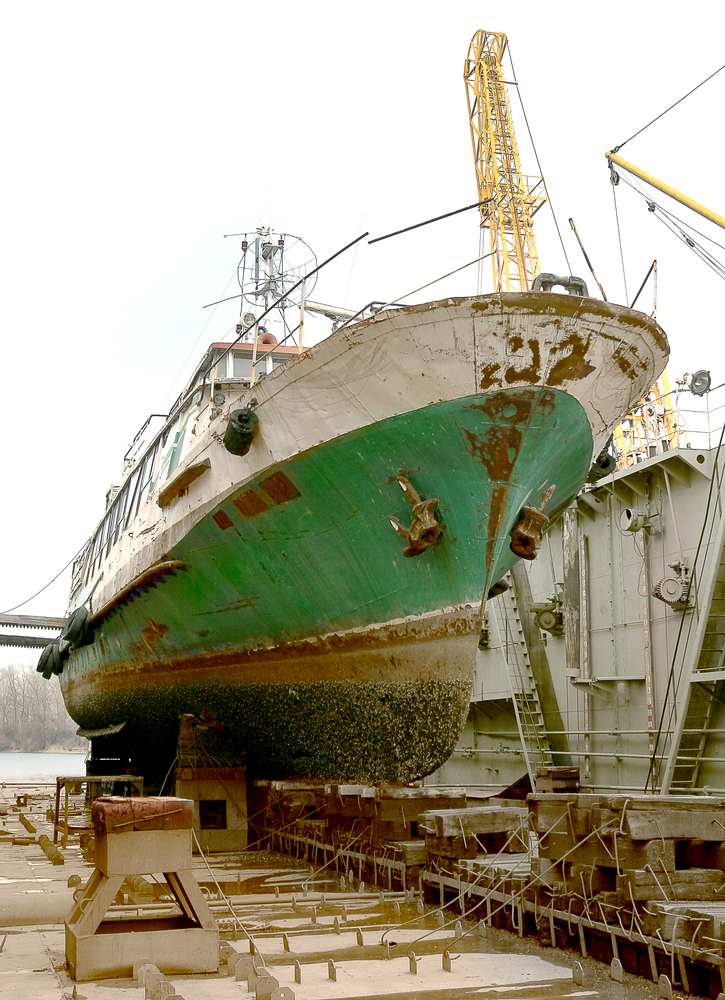
The so-called classification societies play an important role in shipping. They control vessel condition in the course of its manufacture and operation. The control is performed both after important events (repairs, upgrades, accidents) and regularly according to the set deadlines. The classification societies assign classes to vessels, according to which regions and allowable operating conditions for the vessel are determined. Subsequently, the class may be changed upon wear or upgrade of the vessel. The most important aspect is that the classification society decides on whether the vessel may sail in a certain period. If a vessel does not comply with the set regulations, the organization will not issue an operating permit or will cancel the issued one.
Initially, vessels were classified by insurance companies. But later, when the vessel design has become much more complicated, the experts of higher level than those available in insurance companies were needed. That is why the detailed analysis of the design and technical condition of the vessels was transferred from the insurance companies to the classification societies.
In Russia, the classification society for the river vessels is named the Russian River Register (RRR). The organization was founded in 1913.
RRR rules
One of the areas of the RRR activities includes the development of regulatory documents. The first rules governing the construction and operation of vessels were issued in 1915. Since then, they have been changed multiple times.
The current "RRR Rules" consist of four regulatory documents. They are as follows: "Rules for Technical Supervision over Vessel Construction and Manufacture of Materials and Products Intended for Vessels" (PTNP), "Rules for Certification of Vessels during Their Operation" (POSE), "Rules for Vessel Classification and Construction" (PKPS), "Rules for Preventing Environmental Pollution from Vessels" (PPZS). The current version of "the Rules" has been effective since 2019.
The issues related to the lightning protection are provided in Chapter 14 "Lightning Protection Devices" of PKPS. The need to describe the lightning protection rules specifically for river vessels is caused by the specifics of the relevant activities in river transport.
Specifics of river vessel lightning protection

First, the ship's lightning protection differs from the lightning protection of the on-ground facilities in its grounding. When the ship is in water, the electrical charges may only flow to water.
If a vessel hull is made of a metal, it is used as a grounding arrangement. PKPS recommends to primarily use natural lightning arresters (according to PKPS, "lightning catchers") directed upwards (masts, posts, erection elements, but not antennas!), if a secure electrical contact with the vessel hull is ensured. Here, parallels with the "land" rules can be seen.
If there is no secure electrical contact between the natural lightning arrester and the metal vessel hull and if the vessel hull is made of a dielectric material, current collectors (according to PKPS, "draining wires") are used. Resistance between the lightning arrester and the vessel hull (PKPS does not state which exactly, but it clearly implies a metal hull since, for the dielectric material, this requirement cannot be fulfilled) should not exceed 0.03 Ohm.
Today, increasingly more vessels have composite hulls that do not conduct electricity. For them, PKPS recommends using a stempost for grounding (which is usually metal in such vessels) or any other metal structural elements, which are underwater in any sailing condition. But the current collector should be made by a separate wire passing from the lightning arrester directly to the grounding arrangement. Metal masts can be used as current collectors, which have to be attached to the grounding arrangement according to the rule above.
Other important PKPS requirements related to all vessel hull types:
- - the lightning arrester is made of a metal bar with a thickness of at least 12 mm;
- the lightning arrester is made of copper, copper alloys, or steel protected from corrosion;
- lightning arresters intended to install on aluminum masts are made of aluminum;
- the lightning arrester should be elevated over the mast top or over the device located above the mast top by at least 300 mm;
- the current collector should connect to the lightning arrester or the grounding arrangement by welding or bolt clamps;
- the contact area between the lightning arrester and the current collector or the grounding arrangement should be at least 1,000 sq. mm;
- the current collector should have a cross-section of at least 70 sq. mm if it is made of copper or copper alloy and at least 100 sq. mm if it is made of steel;
- metal parts located near the current collectors should be grounded or connected with the vessel hull in any other way;
- metal parts or devices located at up to 200 mm from the current collector should be connected so that to prevent sparking;
- pipelines containing oil products or other explosive substances located in open areas of the deck or in the premises without any electromagnetic shield should be grounded to the vessel hull with intervals not more than 10 m;
- pipelines at the upper deck where explosive gases are possible should be grounded to the vessel hull with intervals not more than 30 m.
Analysis of PKPS requirements for the lightning protection demonstrates that they are usually stricter compared to "land" standards SO 153-34.21.122-2003 and RD 34.21.122-87. For example, lightning arrester's diameter 12 mm corresponds to cross-section 113 sq. mm, while SO 153-34.21.122-2003 permits the use of lightning arresters made of steel, aluminum or copper with minimal cross-section of 50, 70, and 35 sq. mm respectively. "Land" standards do not specify the shape of current collectors, while PKPS require them to be cylindrical. According to SO 153-34.21.122-2003, for steel, aluminum, and copper, the current collectors' cross-section should be at least 50, 25, and 50 sq. mm, respectively.
Using "land" standards
However, in operation of almost any vessel, sometimes "land" lightning protection standards are applied along with the "water" ones. These are the periods when the ship is in a dockage facility or on the stocks.

When the ship is in a dockage facility or on the stocks, item 13.4.2 of PKPS requires to connect a lightning arrester or a steel vessel hull to the land grounding system. According to RD 34.21.122-87, such connection can be made by bolts or welding. Certainly, welding is not a very good choice, since, after the building, repair, or inspection of the vessel, it should be disconnected from the land grounding system. Therefore, bolt connections are often used. According to RD 34.21.122-87, its resistance should not be more than 0.05 Ohm. The land grounding system is also made during the stocks or the dockage facility construction according to the standards applied to such facilities.
Conclusions
When designing the lightning protection system for the river vessel, we should primarily employ "Rules for Vessel Classification and Construction" (PKPS)" approved by the Russian River Register (RRR). Generally, they contain stricter requirements than those applied to the land facilities. Moreover, a specialist working with PKPS should have some experience of designing lightning protection system for the water transport since the rules developed by the RRR, first, are impregnated with the specific "water" terms, and, second, they slightly differ from the system of purely electrotechnical terminology used in the "land" documents. In addition, the task of connection of the vessel's lightning protection system to the land system, when the ship is on the stocks or in a dockage facility, should also be solved. It is not that easy as it seems and it requires some understanding of the structure of a vessel and land facilities. Therefore, in order to calculate the lightning protection system for the river vessel, it is better to contact Zandz.com Technical Center that has a rich experience in implementing similar projects.
Related Articles:



